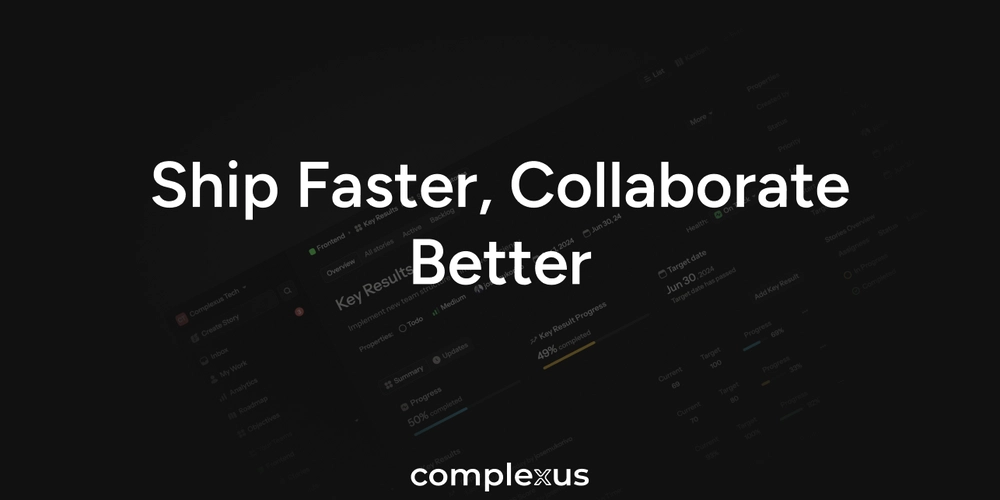
Drastically Improve Website Speed: How I Slashed FCP by 75% and LCP by 50%
Want a faster website? Learn how optimizing Core Web Vitals can dramatically improve your site's performance. I recently tackled the challenge, achieving a 75% reduction in First Contentful Paint (FCP) and a 50% reduction in Largest Contentful Paint (LCP). Here’s a breakdown of the strategies I used to boost these crucial metrics and overall website speed.
Blazing-Fast Results: FCP and LCP Performance Optimization
These changes dramatically improved my site’s Core Web Vitals scores. Before optimization, Lighthouse reported:
- FCP: 1.2 seconds
- LCP: 3.1 seconds
After implementation, the same tests revealed:
- FCP: 0.3 seconds
- LCP: 1.3 seconds
A faster website not only enhances user experience but also contributes to better search engine rankings.
Key Strategies to Speed Up Core Web Vitals
I applied several targeted strategies to optimize my Core Web Vitals scores. The most impactful included:
- Lazy-Loading Offscreen
<iframe>Elements: Delaying the loading of iframes until they are needed significantly reduced initial page load time. - Eliminating Render-Blocking Resources: Identifying and deferring non-critical CSS and JavaScript prevented them from blocking the initial rendering of the page.
- Removing Unnecessary Dependencies: Auditing and removing unused code dependencies streamlined the website's codebase.
- Tree-Shaking Lodash: Implementing tree-shaking to eliminate unused Lodash modules decreased the overall bundle size.
- Lazy Loading Heavy 3rd-Party Packages: Deferring the load of larger third-party scripts until needed optimized initial load times.
- Image Optimization: Compressing and serving appropriately sized images for various devices optimized bandwidth usage.
Actionable Steps to Improve Page Load Time
Improving Core Web Vitals, especially First Contentful Paint (FCP) and Largest Contentful Paint (LCP), takes a focused approach. You can achieve a significant speed boost by:
- Auditing your code: Identify and remove bloat.
- Prioritizing visible content: Ensure the most important elements load first.
- Leveraging browser caching: Store static assets for faster subsequent loads.
These techniques, when implemented thoughtfully, offer a pathway to improved website performance and user satisfaction.























